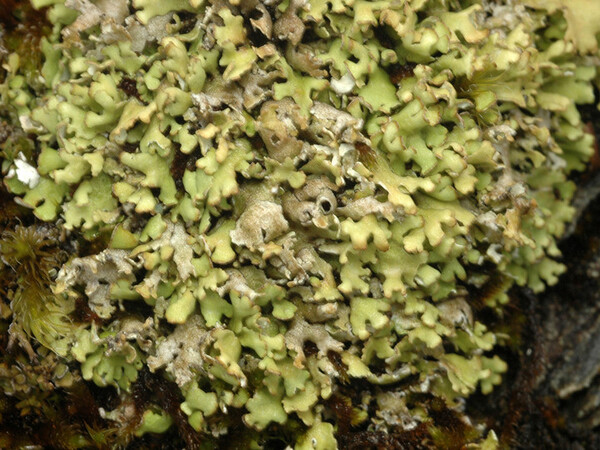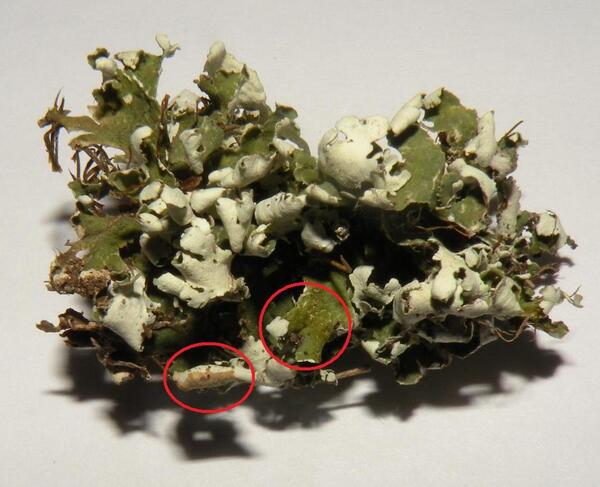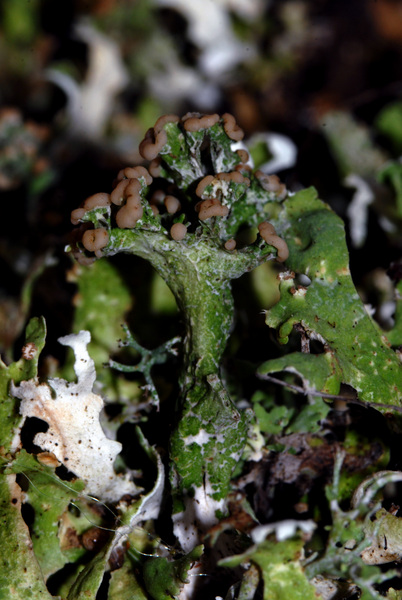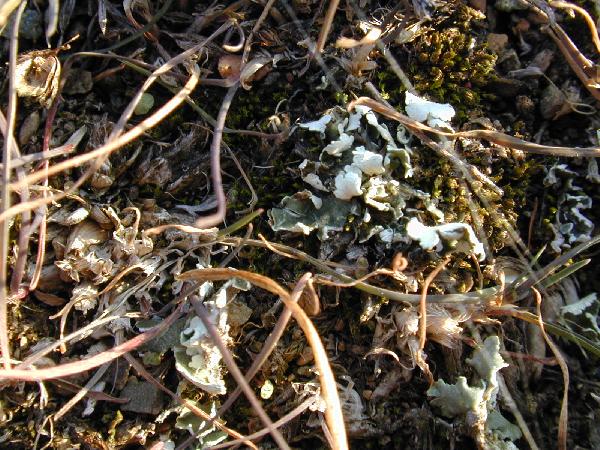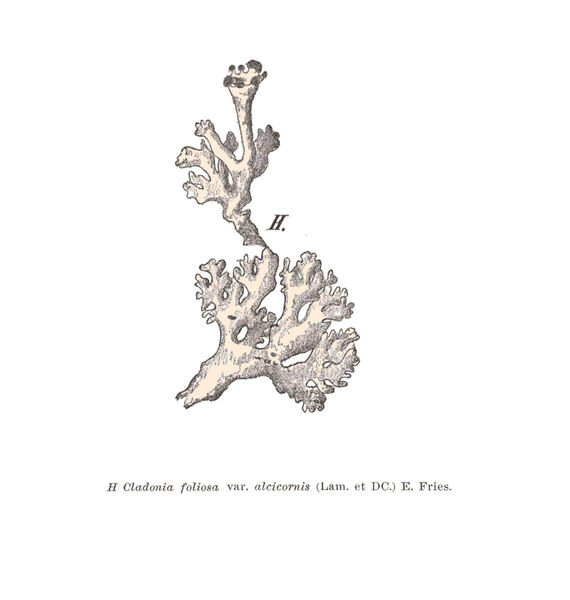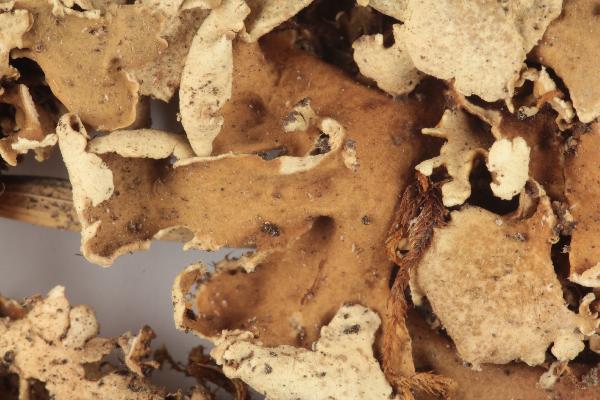Cladonia foliacea (Huds.) Willd.
Fl. Berol.: 363, 1787. Basionym: Lichen foliaceus Huds. - Fl. Angl.: 457, 1762
Synonyms: Cladonia alcicornis (Lightf.) Fr.; Cladonia convoluta (Lam.) Anders; Cladonia endiviifolia auct. p.p.; Cladonia foliacea f. convoluta (Lam.); Cladonia foliacea subsp. convoluta (Lam.) Cretz.; Cladonia foliacea var. alcicornis (Lightf.) Schaer.; Cladonia foliacea var. convoluta (Lam.) Vain.
Distribution: N - VG, Frl (Tretiach 1996), Ven (Giovagnoli & Tasinazzo 2014), TAA (De Benetti & Caniglia 1993), Lomb (Rivellini & Valcuvia 1996, Valcuvia & al. 2003, Assini 2007, Gheza & al. 2015, 2022, Gheza 2015), Piem (Isocrono & al. 2004, Gheza 2015, 2020), VA (Piervittori & Isocrono 1999, Ravera & al. 2022b), Emil (Scarpa 1993, Nimis & al. 1996, Fariselli & al. 2020), Lig (Petrak 1960, Brunialti & al. 1999, Valcuvia & al. 2000, Gheza & al. 2020, Ravera & al. 2022, Burguera & al. 2024). C - Tosc (Putortì & Loppi 1999, Benesperi 2000a, 2006, Loppi & al. 1998, 2004b, Lastrucci & al. 2009, Pasquinelli & al. 2009, 2013, Pasquinelli & Puccini 2010, Brackel 2015, Gheza & al. 2020, Fanfarillo & al. 2024), Marc (Nimis & Tretiach 1999, Brackel 2015), Umb (Nimis & Tretiach 1999, Panfili 2000, 2007, Ravera & al. 2006, Brackel 2015), Laz (Nimis & Tretiach 2004, Genovesi & al. 2011, Zucconi & al. 2013, Brackel 2015, Di Pietro & al. 2022), Abr (Nimis & Tretiach 1999, Brackel 2015, Gheza & al. 2021), Mol (Nimis & Tretiach, 1999, 2004, Caporale & al. 2008, Genovesi & Ravera 2014, Brackel 2020), Sar (Nöske 2000, Zedda & al. 2010, Rizzi & al. 2011, Cogoni & al. 2011, Neuwirth 2018, Brackel & Berger 2019). S - Camp (Garofalo & al. 1999, 2010, Ricciardi & al. 2000, Aprile & al. 2002, 2003, 2003b, Nimis & Tretiach 2004, Catalano & al. 2016), Pugl (Garofalo & al. 1999, Nimis & Tretiach 1999, Durini & Medagli 2002, 2004, Brackel 2011,Gianfreda & Matino 2020), Bas (Bartoli & Puntillo 1998, Nimis & Tretiach 1999, Potenza & Fascetti 2005, 2012, Fascetti & al. 2006, Potenza 2006, Potenza & al. 2010), Cal (Puntillo 1996, Puntillo & Puntillo 2004, Brackel & Puntillo 2016, Lich. Ital. Exs. 27: Isocrono & al. 2019), Si (Nimis & al. 1994, 1996b, Ottonello & al. 1994, 2011, Ottonello & Salone 1994, Ottonello & Romano 1997, Grillo 1998, Czeczuga & al. 1999, Grillo & al. 2002, Merlo 2004, 2004b, Grillo & Caniglia 2004, 2005, 2006, Caniglia & Grillo 2005, 2006, Brackel 2008b, 2008c, Gianguzzi & al. 2009, Liistro & Cataldo 2011, Cataldo & Minissale 2013, 2015).
Description: Primary thallus squamulose, the squamules large, 6-40 mm long, 2-20 mm wide, sometimes with black or white hairs at the margins, persistent, forming more or less dense, 4-10 cm broad mats, the upper surface yellowish green to greenish-grey above, the lower surface cream-coloured or more rarely white, finely arachnoid. Podetia very rare, hollow inside, up to 1.5(-2) cm tall, with irregular cups, the surface corticate, smooth, very rarely with squamules on the margin of cups. Apothecia pale brown, convex, often confluent. Asci 8-spored, clavate, thickened at apex, with a K/I+ blue tholus and a K/I+ strongly blue outer gelatinous sheath, Cladonia-type. Ascospores 1-celled, hyaline, ellipsoid. Pycnidia frequent on the primary squamules or at the margins of cups, sessile to prominent, with a colourless jelly. Conidia hyaline, curved. Photobiont chlorococcoid. Spot tests: K- or K+ yellowish slowly turning brown, C-, KC+ yellowish, P+ red, UV-. Chemistry: fumarprotocetraric and usnic acids, rarely with additional psoromic acid, frequently with traces of zeorin.Note: a mild-temperate lichen found on both calcareous and siliceous soil in dry grasslands, or in intradunal depressions, also occurring in dry-continental Alpine valleys. The C. foliacea-C. convoluta complex was revised by Pino-Bodas & al. (2010): neither morphological characters nor phylogenetic analyses gave evidence to delimit two taxa.
Growth form: Fruticose
Substrata: soil, terricolous mosses, and plant debris
Photobiont: green algae other than Trentepohlia
Reproductive strategy: mainly asexual, by thallus fragmentation
Commonnes-rarity: (info)
Alpine belt: absent
Subalpine belt: absent
Oromediterranean belt: absent
Montane belt: rather rare
Submediterranean belt: very common
Padanian area: extremely rare
Humid submediterranean belt: very common
Humid mediterranean belt: extremely common
Dry mediterranean belt: rather common
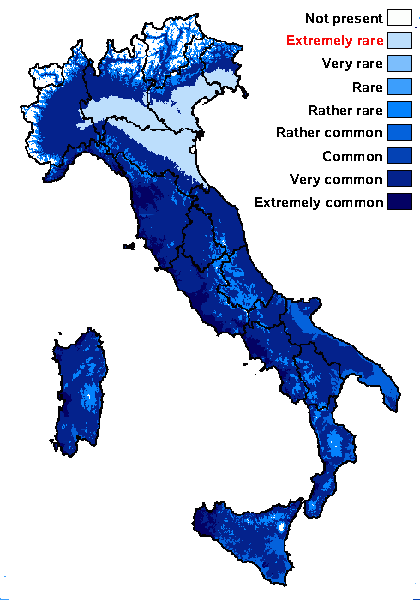
Predictive model
Herbarium samples
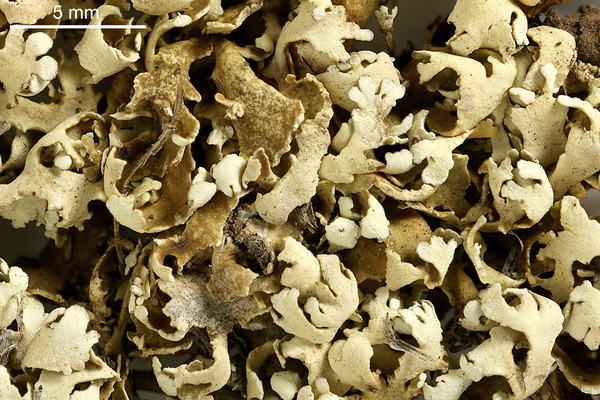

Felix Schumm – CC BY-SA 4.0
[9372], Spanien, La Gomera, bei Arure an der Straße nach Las Hayas. Trockener Abhang mit Felsblöcken und Euphorbia. 28°07.895 N, 17°18.983 W, 870 m. Leg. Schumm 14.02.2002.
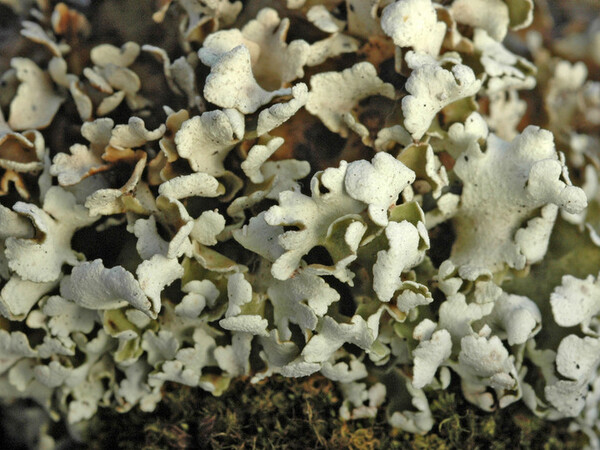
Leif Stridvall - Source: http://www.stridvall.se/la/galleries.php - Courtesy: Anita Stridvall
Calcicolous form (f. convoluta)
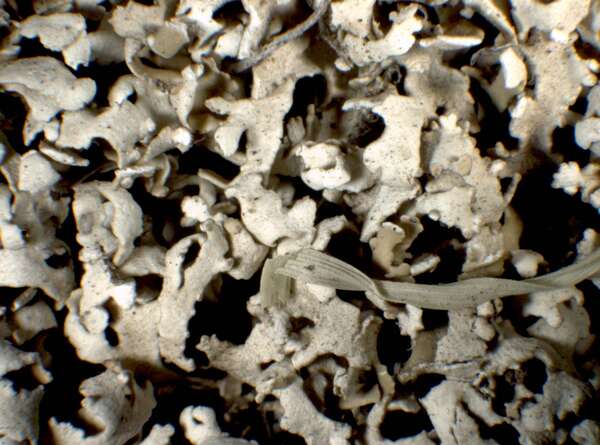

P.L. Nimis; Owner: Department of Life Sciences, University of Trieste
Herbarium: TSB (4051)
2001/12/04
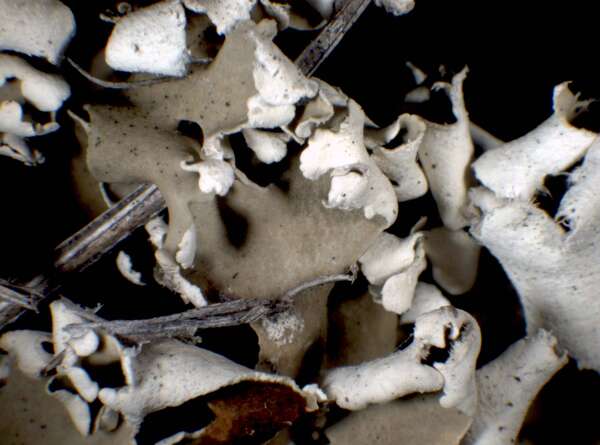

P.L. Nimis; Owner: Department of Life Sciences, University of Trieste
Herbarium: TSB (10122)
2001/12/04
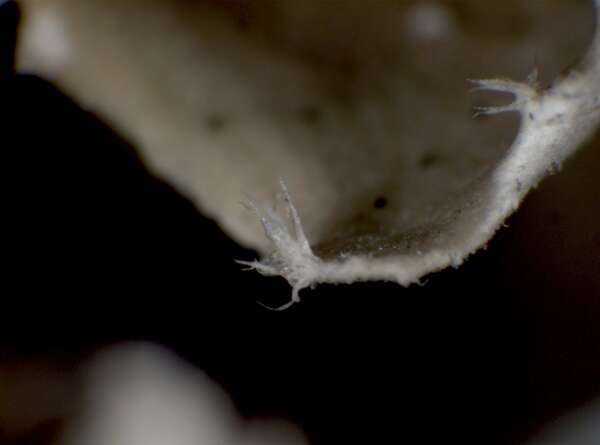

P.L. Nimis; Owner: Department of Life Sciences, University of Trieste
Herbarium: TSB (10122)
2001/12/04
Calcicolous form (f. convoluta)
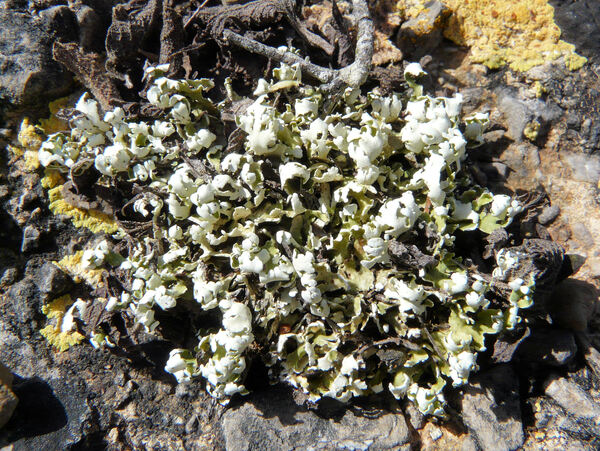

A. Moro; Owner: Department of Life Sciences, University of Trieste
Sicilia, TP, Segesta, presso i templi
2008.04.05
Calcicolous form (f. convoluta)
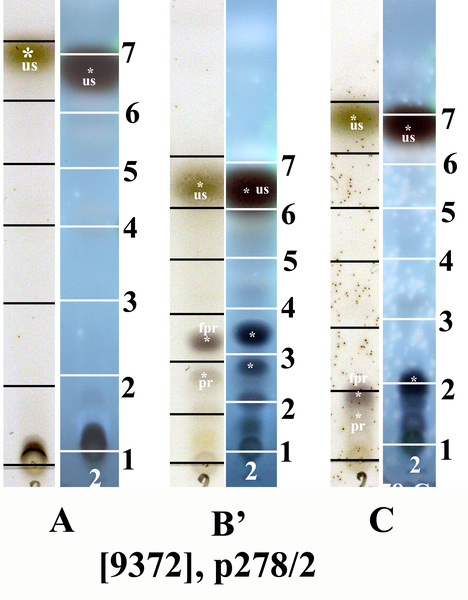

Felix Schumm – CC BY-SA 4.0
[9372], Spanien, La Gomera, bei Arure an der Straße nach Las Hayas. Trockener Abhang mit Felsblöcken und Euphorbia. 28°07.895 N, 17°18.983 W, 870 m. Leg. Schumm 14.02.2002.,
HPTLC in den Laufmitteln A, B’ und C nach Säurebehandlung bei Tageslicht und 366 nm UV-Langwelle. 1: Start, 4: Position von Norstictinsäure, 7: Position von Atranorin, us: Usninsäure fpr: Fumarprotocetrarsäure pr: Protocetrarsäure
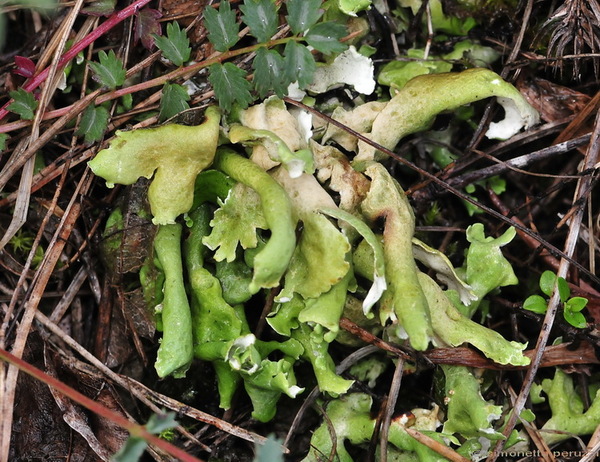
Simonetta Peruzzi; Owner: Simonetta Peruzzi
Italy, Toscana, Parco Nazionale delle Foreste Casentinesi
2010
Calcicolous form (f. convoluta)

Simonetta Peruzzi
Italy, Toscana, Parco Nazionale delle Foreste Casentinesi
2010
Calcicolous form (f. convoluta)
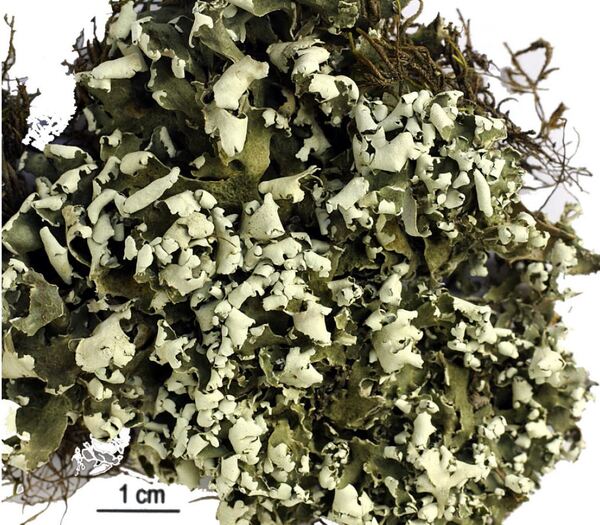

Felix Schumm – CC BY-SA 4.0
[12537], Griechenland, W-Samos, Mt. Kerketeas, beim Kloster Perados, 37°44.926'N, 26°38.888'E, 575 m. Leg. Schumm, Düll & Wunder 13.05.2006, det. Schumm.
Calcicolous form (f. convoluta)
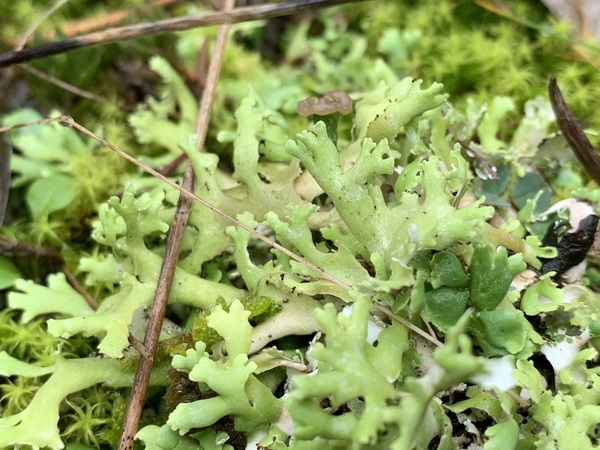
Gabriele Gheza - https://lichenidilombardia.home.blog
Italy, Toscana, Firenze, Fiesole, Monte Ceceri, 390 m
31/01/2020
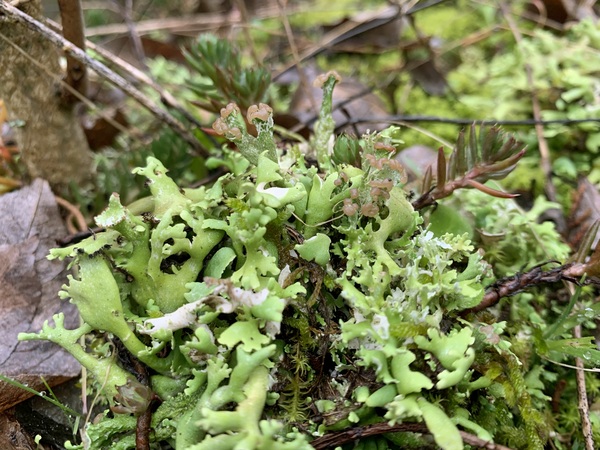
Gabriele Gheza - https://lichenidilombardia.home.blog
Italy, Toscana, Firenze, Fiesole, Monte Ceceri, 390 m
31/01/2020

Gabriele Gheza - https://lichenidilombardia.home.blog
Italy, Toscana, Firenze, Fiesole, Monte Ceceri, 390 m
31/01/2020

Gabriele Gheza - https://lichenidilombardia.home.blog
Italy, Lombardia, Milano, Magenta, valle del Ticino, 116 m
17/05/2019
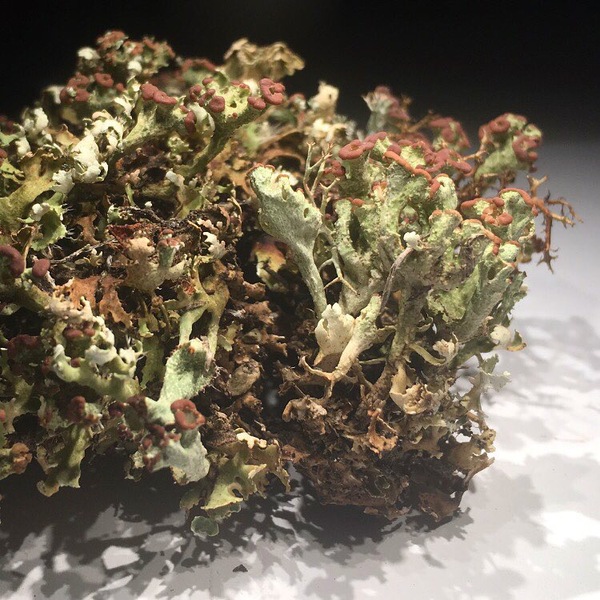
Gabriele Gheza - https://lichenidilombardia.home.blog
Italy, Liguria, Imperia, Badalucco, 600 m
03/2017
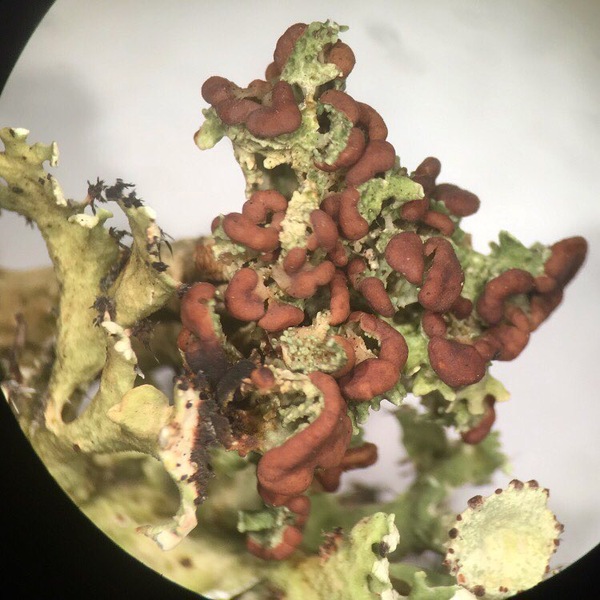
Gabriele Gheza - https://lichenidilombardia.home.blog
Italy, Liguria, Imperia, Badalucco, 600 m
03/2017

Gabriele Gheza - https://lichenidilombardia.home.blog
Italy, Liguria, Imperia, Badalucco, 600 m
03/2017
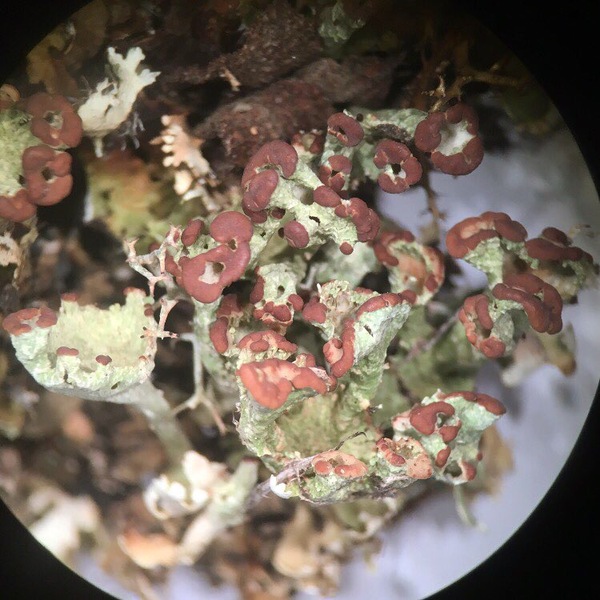
Gabriele Gheza - https://lichenidilombardia.home.blog
Italy, Liguria, Imperia, Badalucco, 600 m
03/2017
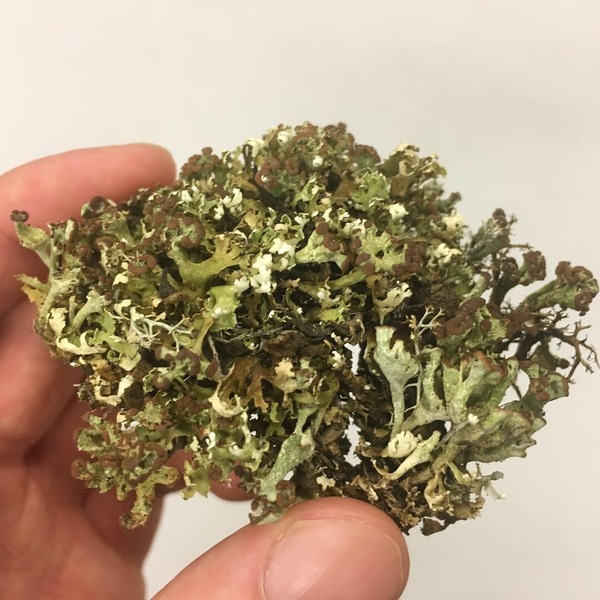
Gabriele Gheza - https://lichenidilombardia.home.blog
Italy, Liguria, Imperia, Badalucco, 600 m
03/2017
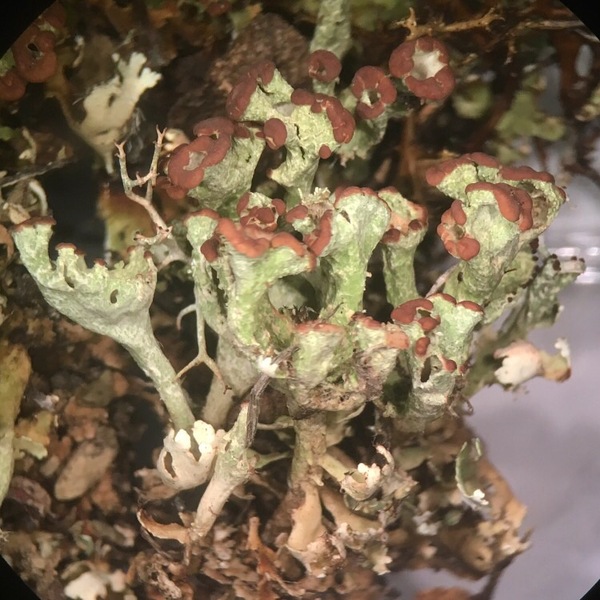
Gabriele Gheza - https://lichenidilombardia.home.blog
Italy, Liguria, Imperia, Badalucco, 600 m
03/2017
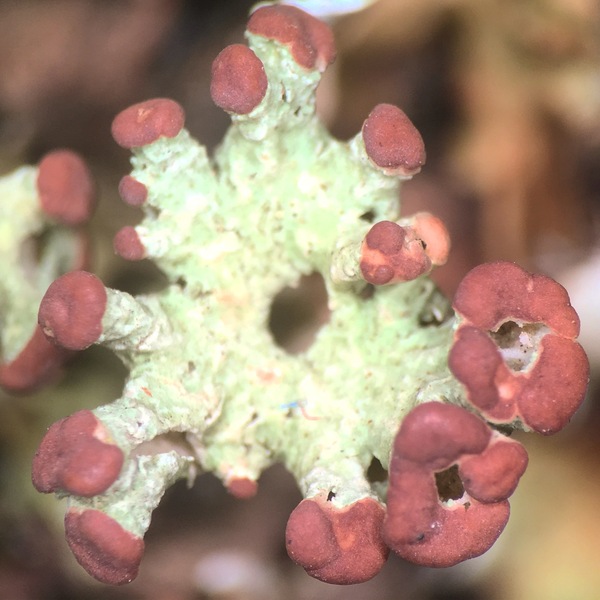
Gabriele Gheza - https://lichenidilombardia.home.blog
Italy, Liguria, Imperia, Badalucco, 600 m
03/2017
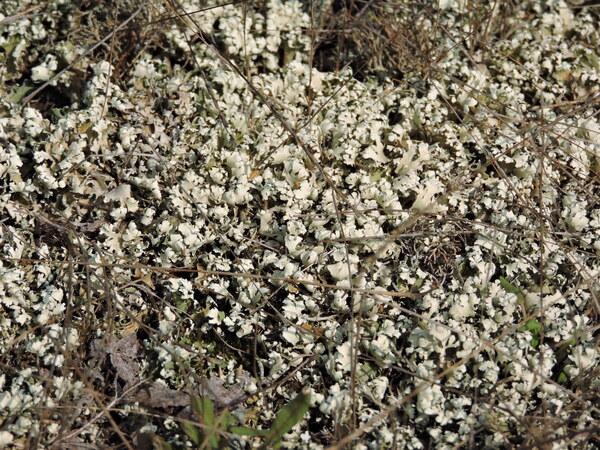
Gabriele Gheza - https://lichenidilombardia.home.blog
Italy, Lombardia, Pavia, Vigevano, valle del Ticino, 75 m
09/2018
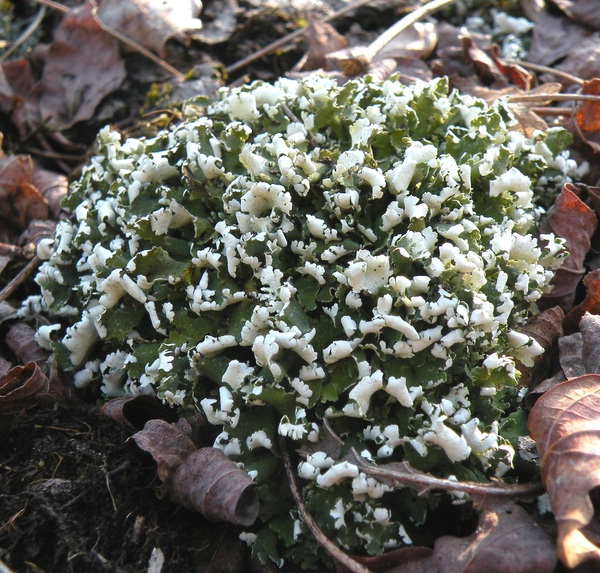
Gabriele Gheza - https://lichenidilombardia.home.blog
Italy, Lombardia, Pavia, Dossi della Lomellina, 115 m
03/2011
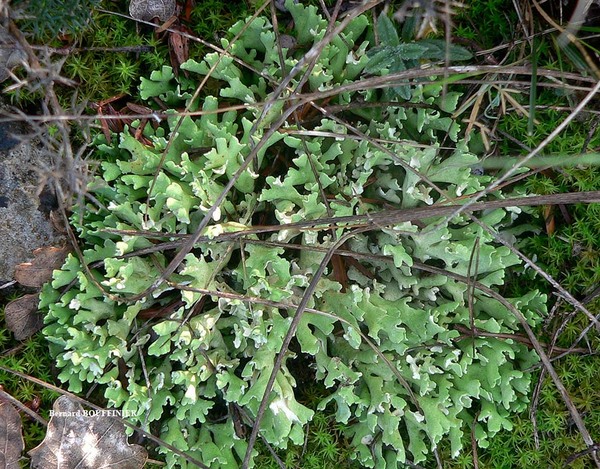
Bernard Bouffinier - Source: http://www.lichensmaritimes.org/index.php?task=fiche&lichen=745&lang=en
France, Provence, Manosque
as Cladonia convoluta
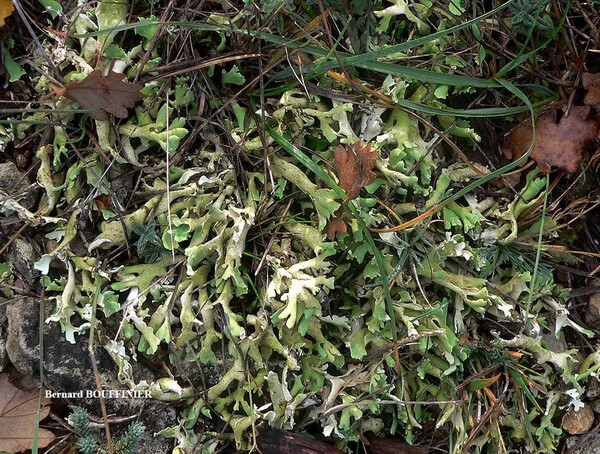
Bernard Bouffinier - Source: http://www.lichensmaritimes.org/index.php?task=fiche&lichen=745&lang=en
France, Provence, Manosque
as Cladonia convoluta
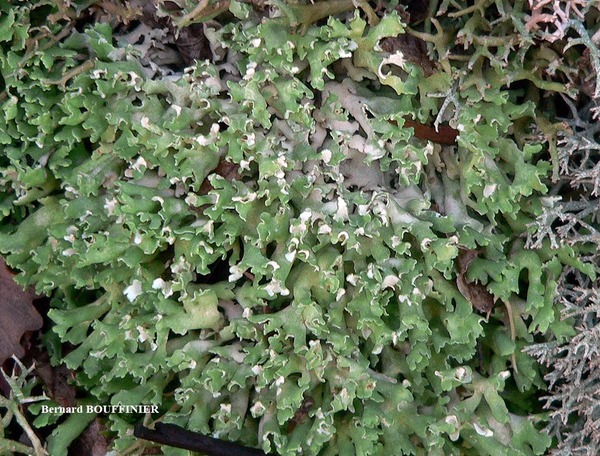
Bernard Bouffinier - Source: http://www.lichensmaritimes.org/index.php?task=fiche&lichen=745&lang=en
France, Provence, Manosque
as Cladonia convoluta
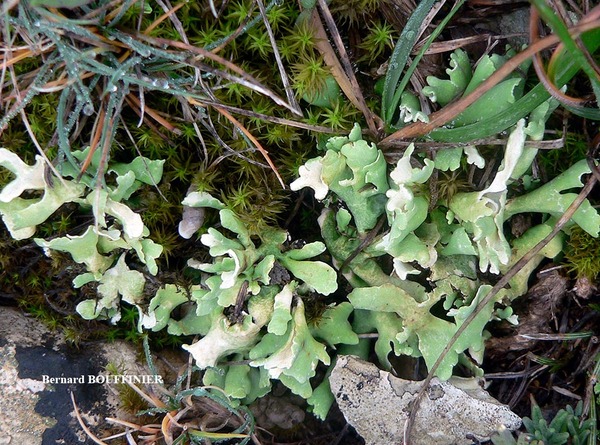
Bernard Bouffinier - Source: http://www.lichensmaritimes.org/index.php?task=fiche&lichen=745&lang=en
France, Provence, Manosque
as Cladonia convoluta
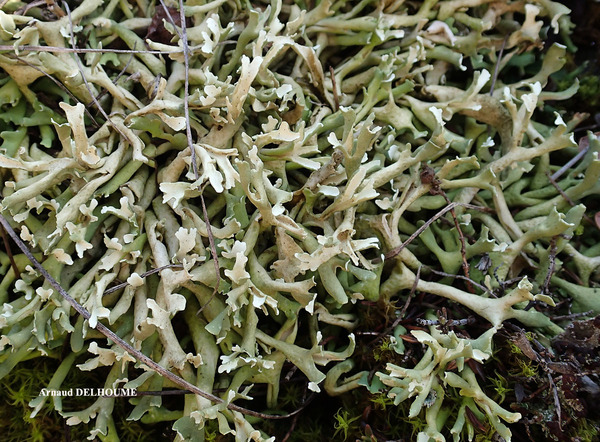
Arnaud Delhoume- Source: http://www.lichensmaritimes.org/index.php?task=fiche&lichen=745&lang=en
France, Nievre
as Cladonia convoluta

Arnaud Delhoume- Source: http://www.lichensmaritimes.org/index.php?task=fiche&lichen=745&lang=en
France, Nievre
as Cladonia convoluta
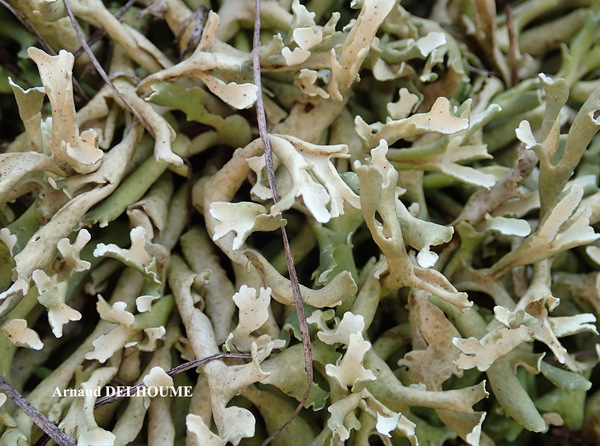
Arnaud Delhoume- Source: http://www.lichensmaritimes.org/index.php?task=fiche&lichen=745&lang=en
France, Nievre
as Cladonia convoluta
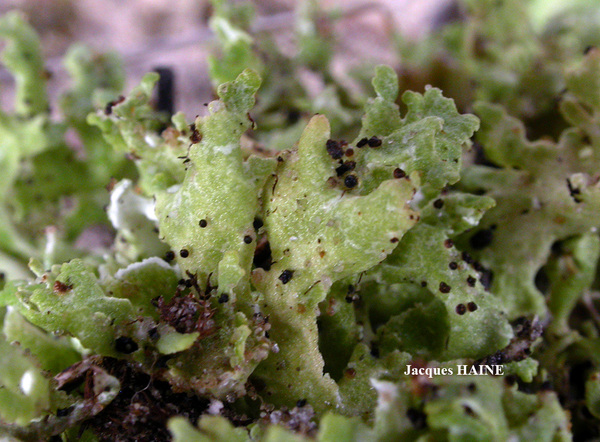
Jacques Haine - Source: http://www.lichensmaritimes.org/index.php?task=fiche&lichen=148&lang=en
France, Côte d'Opale
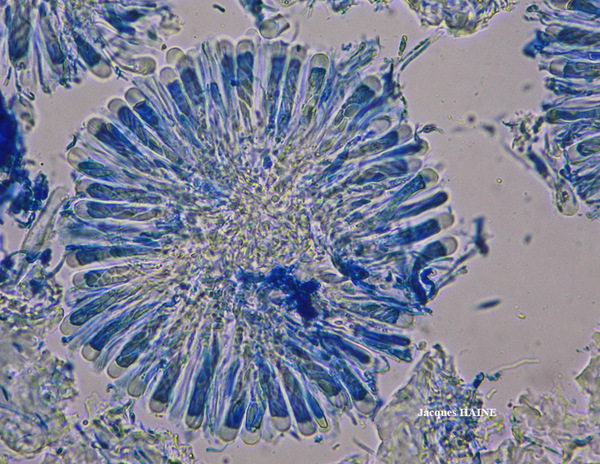
Jacques Haine - Source: http://www.lichensmaritimes.org/index.php?task=fiche&lichen=148&lang=en
France, Côte d'Opale
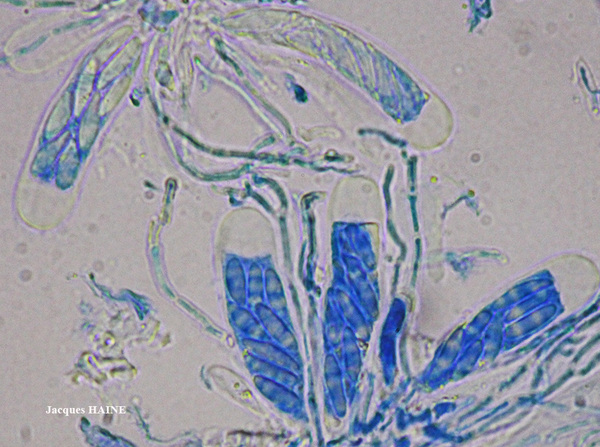
Jacques Haine - Source: http://www.lichensmaritimes.org/index.php?task=fiche&lichen=148&lang=en
France, Côte d'Opale
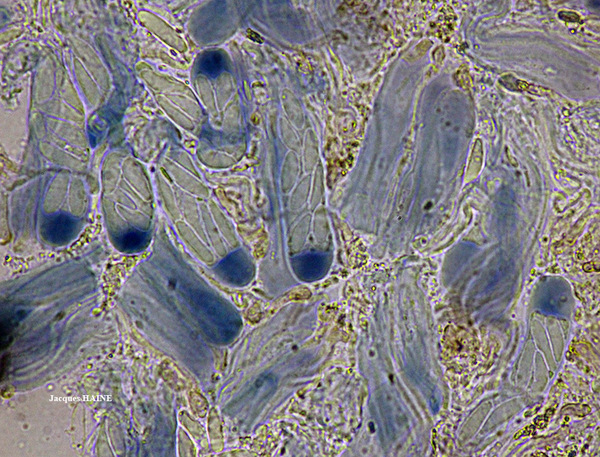
Jacques Haine - Source: http://www.lichensmaritimes.org/index.php?task=fiche&lichen=148&lang=en
France, Côte d'Opale
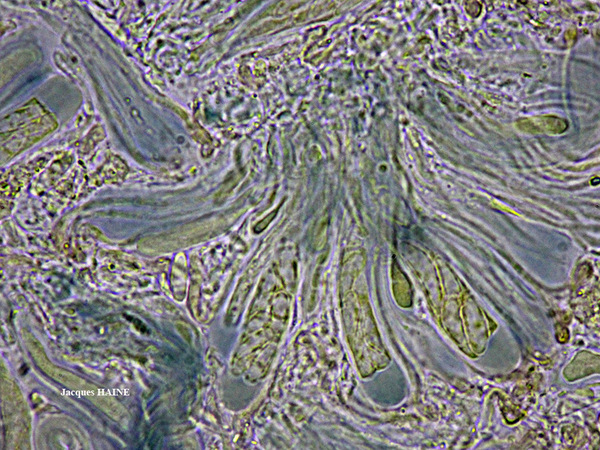
Jacques Haine - Source: http://www.lichensmaritimes.org/index.php?task=fiche&lichen=148&lang=en
France, Côte d'Opale
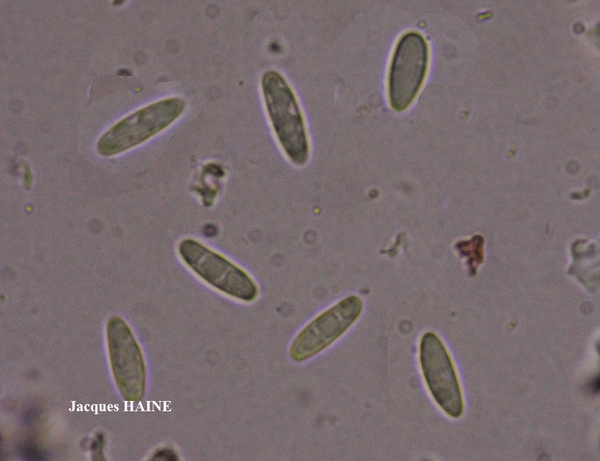
Jacques Haine - Source: http://www.lichensmaritimes.org/index.php?task=fiche&lichen=148&lang=en
France, Côte d'Opale
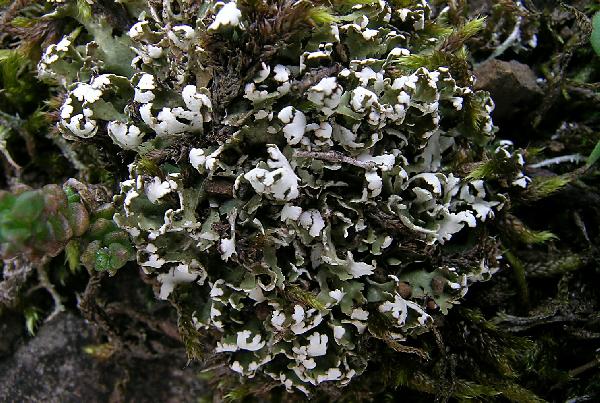
Ulrich Kirschbaum CC BY-SA 4.0 - Source: https://www.thm.de/lse/ulrich-kirschbaum/flechtenbilder
Central Europe; Germany: Hesse
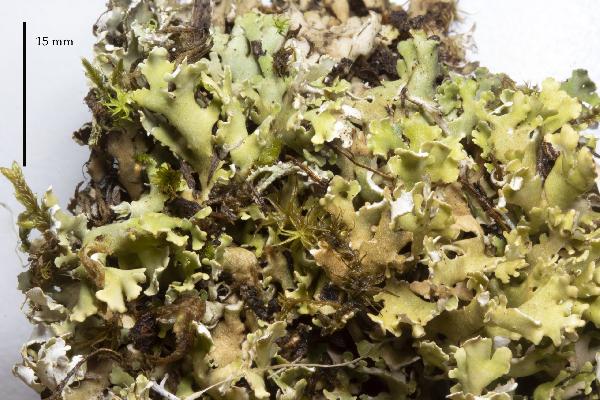
Marta González Garcia - Centro de Estudios Micologicos Asturianos
Spain, Petralia Sottana (Palermo-Sicilia), 6-IV-2018, sobre arenisca, a 1.124 m de altitud, leg. & det. A. R. Burgaz, MGG-105.
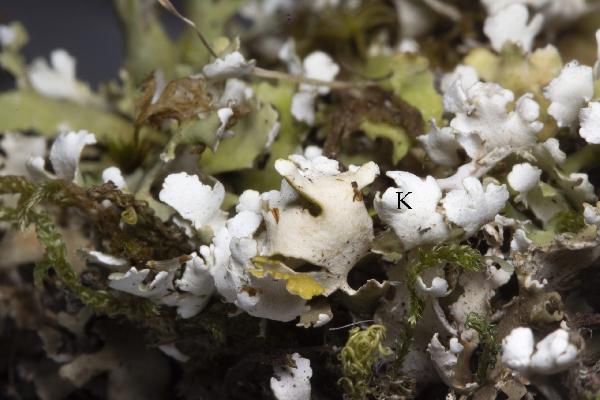
Marta González Garcia - Centro de Estudios Micologicos Asturianos
Spain, Petralia Sottana (Palermo-Sicilia), 6-IV-2018, sobre arenisca, a 1.124 m de altitud, leg. & det. A. R. Burgaz, MGG-105.
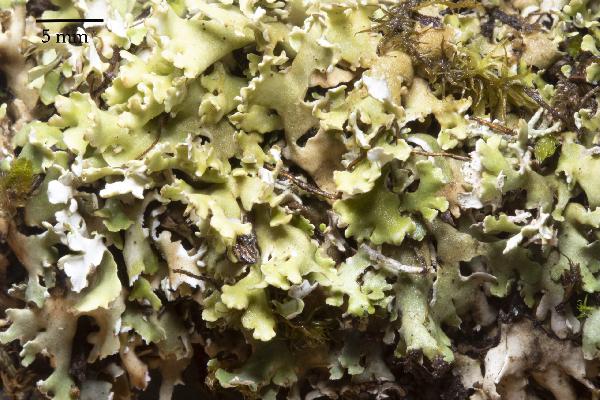
Marta González Garcia - Centro de Estudios Micologicos Asturianos
Spain, Petralia Sottana (Palermo-Sicilia), 6-IV-2018, sobre arenisca, a 1.124 m de altitud, leg. & det. A. R. Burgaz, MGG-105.
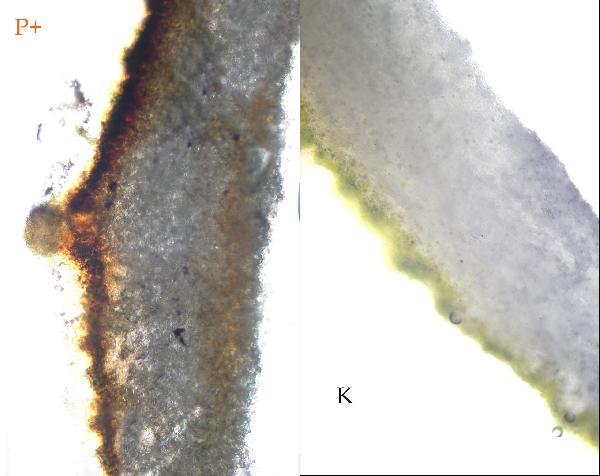
Marta González Garcia - Centro de Estudios Micologicos Asturianos
Spain, Petralia Sottana (Palermo-Sicilia), 6-IV-2018, sobre arenisca, a 1.124 m de altitud, leg. & det. A. R. Burgaz, MGG-105.
Growth form: Fruticose
Substrata: soil, terricolous mosses, and plant debris
Photobiont: green algae other than Trentepohlia
Reproductive strategy: mainly asexual, by thallus fragmentation
Commonnes-rarity: (info)
Alpine belt: absent
Subalpine belt: absent
Oromediterranean belt: absent
Montane belt: rather rare
Submediterranean belt: very common
Padanian area: extremely rare
Humid submediterranean belt: very common
Humid mediterranean belt: extremely common
Dry mediterranean belt: rather common

Predictive model
| Herbarium samples |


Felix Schumm – CC BY-SA 4.0
[9372], Spanien, La Gomera, bei Arure an der Straße nach Las Hayas. Trockener Abhang mit Felsblöcken und Euphorbia. 28°07.895 N, 17°18.983 W, 870 m. Leg. Schumm 14.02.2002.

Leif Stridvall - Source: http://www.stridvall.se/la/galleries.php - Courtesy: Anita Stridvall
Calcicolous form (f. convoluta)


P.L. Nimis; Owner: Department of Life Sciences, University of Trieste
Herbarium: TSB (4051)
2001/12/04


P.L. Nimis; Owner: Department of Life Sciences, University of Trieste
Herbarium: TSB (10122)
2001/12/04


P.L. Nimis; Owner: Department of Life Sciences, University of Trieste
Herbarium: TSB (10122)
2001/12/04
Calcicolous form (f. convoluta)


A. Moro; Owner: Department of Life Sciences, University of Trieste
Sicilia, TP, Segesta, presso i templi
2008.04.05
Calcicolous form (f. convoluta)


Felix Schumm – CC BY-SA 4.0
[9372], Spanien, La Gomera, bei Arure an der Straße nach Las Hayas. Trockener Abhang mit Felsblöcken und Euphorbia. 28°07.895 N, 17°18.983 W, 870 m. Leg. Schumm 14.02.2002.,
HPTLC in den Laufmitteln A, B’ und C nach Säurebehandlung bei Tageslicht und 366 nm UV-Langwelle. 1: Start, 4: Position von Norstictinsäure, 7: Position von Atranorin, us: Usninsäure fpr: Fumarprotocetrarsäure pr: Protocetrarsäure

Simonetta Peruzzi; Owner: Simonetta Peruzzi
Italy, Toscana, Parco Nazionale delle Foreste Casentinesi
2010
Calcicolous form (f. convoluta)

Simonetta Peruzzi
Italy, Toscana, Parco Nazionale delle Foreste Casentinesi
2010
Calcicolous form (f. convoluta)


Felix Schumm – CC BY-SA 4.0
[12537], Griechenland, W-Samos, Mt. Kerketeas, beim Kloster Perados, 37°44.926'N, 26°38.888'E, 575 m. Leg. Schumm, Düll & Wunder 13.05.2006, det. Schumm.
Calcicolous form (f. convoluta)

Gabriele Gheza - https://lichenidilombardia.home.blog
Italy, Toscana, Firenze, Fiesole, Monte Ceceri, 390 m
31/01/2020

Gabriele Gheza - https://lichenidilombardia.home.blog
Italy, Toscana, Firenze, Fiesole, Monte Ceceri, 390 m
31/01/2020

Gabriele Gheza - https://lichenidilombardia.home.blog
Italy, Toscana, Firenze, Fiesole, Monte Ceceri, 390 m
31/01/2020

Gabriele Gheza - https://lichenidilombardia.home.blog
Italy, Lombardia, Milano, Magenta, valle del Ticino, 116 m
17/05/2019

Gabriele Gheza - https://lichenidilombardia.home.blog
Italy, Liguria, Imperia, Badalucco, 600 m
03/2017

Gabriele Gheza - https://lichenidilombardia.home.blog
Italy, Liguria, Imperia, Badalucco, 600 m
03/2017

Gabriele Gheza - https://lichenidilombardia.home.blog
Italy, Liguria, Imperia, Badalucco, 600 m
03/2017

Gabriele Gheza - https://lichenidilombardia.home.blog
Italy, Liguria, Imperia, Badalucco, 600 m
03/2017

Gabriele Gheza - https://lichenidilombardia.home.blog
Italy, Liguria, Imperia, Badalucco, 600 m
03/2017

Gabriele Gheza - https://lichenidilombardia.home.blog
Italy, Liguria, Imperia, Badalucco, 600 m
03/2017

Gabriele Gheza - https://lichenidilombardia.home.blog
Italy, Liguria, Imperia, Badalucco, 600 m
03/2017

Gabriele Gheza - https://lichenidilombardia.home.blog
Italy, Lombardia, Pavia, Vigevano, valle del Ticino, 75 m
09/2018

Gabriele Gheza - https://lichenidilombardia.home.blog
Italy, Lombardia, Pavia, Dossi della Lomellina, 115 m
03/2011

Bernard Bouffinier - Source: http://www.lichensmaritimes.org/index.php?task=fiche&lichen=745&lang=en
France, Provence, Manosque
as Cladonia convoluta

Bernard Bouffinier - Source: http://www.lichensmaritimes.org/index.php?task=fiche&lichen=745&lang=en
France, Provence, Manosque
as Cladonia convoluta

Bernard Bouffinier - Source: http://www.lichensmaritimes.org/index.php?task=fiche&lichen=745&lang=en
France, Provence, Manosque
as Cladonia convoluta

Bernard Bouffinier - Source: http://www.lichensmaritimes.org/index.php?task=fiche&lichen=745&lang=en
France, Provence, Manosque
as Cladonia convoluta

Arnaud Delhoume- Source: http://www.lichensmaritimes.org/index.php?task=fiche&lichen=745&lang=en
France, Nievre
as Cladonia convoluta

Arnaud Delhoume- Source: http://www.lichensmaritimes.org/index.php?task=fiche&lichen=745&lang=en
France, Nievre
as Cladonia convoluta

Arnaud Delhoume- Source: http://www.lichensmaritimes.org/index.php?task=fiche&lichen=745&lang=en
France, Nievre
as Cladonia convoluta

Jacques Haine - Source: http://www.lichensmaritimes.org/index.php?task=fiche&lichen=148&lang=en
France, Côte d'Opale

Jacques Haine - Source: http://www.lichensmaritimes.org/index.php?task=fiche&lichen=148&lang=en
France, Côte d'Opale

Jacques Haine - Source: http://www.lichensmaritimes.org/index.php?task=fiche&lichen=148&lang=en
France, Côte d'Opale

Jacques Haine - Source: http://www.lichensmaritimes.org/index.php?task=fiche&lichen=148&lang=en
France, Côte d'Opale

Jacques Haine - Source: http://www.lichensmaritimes.org/index.php?task=fiche&lichen=148&lang=en
France, Côte d'Opale

Jacques Haine - Source: http://www.lichensmaritimes.org/index.php?task=fiche&lichen=148&lang=en
France, Côte d'Opale

Ulrich Kirschbaum CC BY-SA 4.0 - Source: https://www.thm.de/lse/ulrich-kirschbaum/flechtenbilder
Central Europe; Germany: Hesse

Marta González Garcia - Centro de Estudios Micologicos Asturianos
Spain, Petralia Sottana (Palermo-Sicilia), 6-IV-2018, sobre arenisca, a 1.124 m de altitud, leg. & det. A. R. Burgaz, MGG-105.

Marta González Garcia - Centro de Estudios Micologicos Asturianos
Spain, Petralia Sottana (Palermo-Sicilia), 6-IV-2018, sobre arenisca, a 1.124 m de altitud, leg. & det. A. R. Burgaz, MGG-105.

Marta González Garcia - Centro de Estudios Micologicos Asturianos
Spain, Petralia Sottana (Palermo-Sicilia), 6-IV-2018, sobre arenisca, a 1.124 m de altitud, leg. & det. A. R. Burgaz, MGG-105.

 INDEX FUNGORUM
INDEX FUNGORUM
 GBIF
GBIF
 DOLICHENS
DOLICHENS

